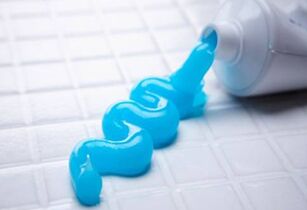挑选牙膏需要注意什么
|
Fancy toothpastes may come in different colors and boast unusual ingredients, but they probably don't offer better dental health than the average drugstore toothpaste. Here's what to look for if you try a new brand:
Abrasives Toothpastes provide a little mechanical help with scrubbing; that's the main reason they exist. Particles of grit help to scrape bacterial plaque from your teeth. Some common abrasives include calcium carbonate, silica, aluminum oxide, and magnesium carbonate. Charcoal can also act as an abrasive, but some dentists caution that charcoal can be too harsh. Fluoride or (maybe) an alternative Bacteria are constantly dissolving your teeth, and your teeth are constantly trying to build themselves back up. (Your saliva naturally contains calcium to aid in this process.) This process, called remineralization, is helped along by fluoride. All toothpastes that have an American Dental Association seal must contain fluoride. Some brands now are using hydroxyapatite instead. Research shows that hydroxyapatite may be as good as fluoride for remineralizing teeth, but the science isn't yet solid enough for most dentists to recommend it. If you have a specific reason why you need to avoid fluoride, ask your dentist about hydroxyapatite; but for now, most of us should probably stick with fluoride toothpastes. Ingredients for texture and flavor Everything else is just there to make the toothpaste easy to use. Humectants help the substance to keep a gel-like texture; foaming agents make it bubble up as you brush. Toothpastes that are missing these ingredients can still do a fine job of cleaning your teeth. (I use a toothpaste with no foaming agents and prefer it.) Flavorings are flavorings, and sweeteners are now typically artificial sweeteners like saccharine. Toothpastes can't get the ADA seal of approval if they contain sugar. I swear I am not in the pocket of Big Dental, but personally I'd rather use the ADA-approved stuff in the drugstore than a trendy new brand, however photogenic. |









